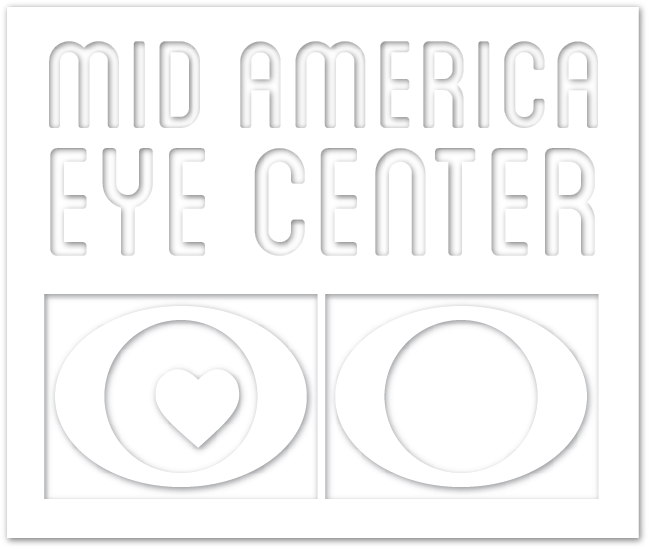What to Expect
Routine eye exams are how an optometrist or ophthalmologist assesses the overall health of your eye, along with how he or she is able to catch visual and ocular problems before they exacerbate. At your routine eye exam, you can expect the following tests: patient history, visual acuity, preliminary tests, keratometry, refraction, focusing and movement, and eye health (American Optometric Association). Patient history involves discussing any health problems and your medical history with your optometrist. Visual acuity testing measures how well you are able to see and read. Preliminary testing tracks how your eyes function to make sure that you are perceiving and responding normally to light, color, and your surroundings. Next, the optometrist will run a keratometry test, which measures the shape of the cornea (American Optometric Association). A major part of a routine eye exam, the refraction, is where the optometrist determines how to correct any error in acuity with additional lenses. Using a phoropter, the optometrist will determine how to compensate for a patient’s myopia (nearsightedness), dystopia (farsightedness) or astigmatism. Then focusing and movement tests will be run to ensure that both eyes work together. Finally, an eye health evaluation will be run, which includes pressure testing (important because an increase in pressure can indicate a greater risk for developing glaucoma) and an external examination. Dilation of the pupil helps the optometrist best review the posterior, lens and retina (American Optometric Association). Your optometrist will then discuss your results with you and run any supplemental testing if he or she thinks that any problems have been discovered. Common problems include dry eye, allergy related conditions, corneal diseases and other abnormalities (New England and Facial Specialists).
When to get Examined
School aged children, contact lens wearers, diabetics, adults with high cholesterol or blood pressure, and adults over age 40 should have annual eye exams. Otherwise, an exam every two years is recommended. Diabetic eye disease, glaucoma and age-related macular degeneration are the leading causes of blindness in the United States (Advanced Eye Care). However, these conditions, in their early stages, often have no symptoms, so routine eye exams are the only way to detect them.
Children
While it is widely believed that 80 percent of children’s learning is visual, many Americans are unaware of how many children experience visual problems (Pennsylvania Optometric Association). All children should have annual eye exams, and an easy time to schedule those appointments is at the beginning of the school year. Students labeled “problem learners” are commonly children who have undiagnosed visual problems, including children misdiagnosed as having attention deficit disorder or attention deficit hyperactivity disorder (Pennsylvania Optometric Association). School vision screening s are not adequate replacements for annual eye exams. The American Optometric Association recommends that parents who notice that their child is frequently engaging in the following habits should schedule for their child an appointment with an optometrist: headaches, rubbing of eyes, avoiding up-close work, trouble reading, squinting in front of a screen or television, behavioral problems, performing below his or her potential, turns or tilts head, or struggles with homework (Pennsylvania Optometric Association).
Works Cited / Consulted
“Comprehensive Eye and Vision Examination.” American Optometric Association. Web. 07 Aug. 2013.
“Make Eye Exams Part of the Back to School Routine.” Pennsylvania Optometric Association, 04 Aug. 2009. Web. 07 Aug. 2013.
“Routine Eye Care.” New England Eye and Facial Specialists, 2012. Web. 07 Aug. 2013.
“Routine Eye Examinations.” Advanced Eye Care, 2009. Web. 07 Aug. 2013.









